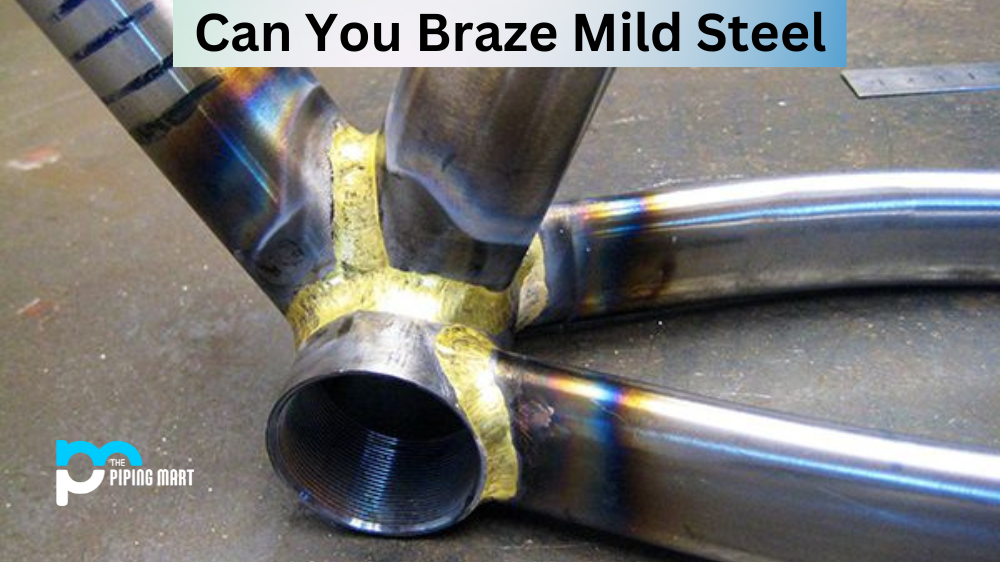Anodizing titanium is an electrochemical process that uses an electrical current to create a protective layer on the surface of the titanium. This process increases the corrosion resistance of the metal and gives it a unique, eye-catching colour. In this blog, we’ll walk you through the steps of how to anodize titanium so that you can get started with your own projects.
Step 1: Cleaning the Titanium
The first step in anodizing titanium is to clean the metal. This helps remove any dirt, oil, or other contaminants that may be present on the surface and could interfere with the anodization process. You’ll want to use a non-abrasive cleaner and then rinse off any residue with water. Once you’re done cleaning, make sure to dry off the surface thoroughly before moving on to the next step.
Step 2: Preparing for Anodization
Once your titanium is clean, you’ll need to prepare it for anodization. This involves attaching a positive lead from a power source (like a battery) to one end of your titanium piece and a negative lead from another power source (like another battery) to another end of your titanium piece. The negative lead will act as the cathode, while the positive lead will act as the anode during this process.
Step 3: Anodizing
Now it’s time for the actual anodization process! Fill up a container with enough electrolyte solution (such as sulfuric acid) so that your titanium piece is completely submerged in it. Then turn on your power source and allow an electric current to flow between both leads until you start seeing bubbles coming off of your titanium piece—this indicates that oxygen has been released from its surface, which means that it’s being successfully anodized! Once you stop seeing bubbles coming off of your piece, turn off your power source and allow your piece to cool down before removing it from its bath.
Step 4: Finishing Touches
The last step in this process is adding colour or texture to your newly-anodized titanium piece! To do this, submerge it into a hot dye bath for about 5 minutes or until the desired colour has been achieved. If you want some extra texture or pattern on top of this colour, you can also add etching agents such as nitric acid or potassium dichromate into your dye bath as well! Once finished, rinse off any excess dye and let air dry before using it for whatever project you have in mind!
Conclusion:
Anodizing titanium is a great way to increase its corrosion resistance and give it beautiful colours and textures at the same time! Not only does this help protect against rusting, but it also adds aesthetic appeal too—plus, there are many different ways in which you can customize each project depending on what type of result you’re looking for! Follow these four easy steps when learning how to anodize titanium so that you can get started with all sorts of creative projects today!
Meet Heer, a dynamic and driven writer learning tricks of her trade in the metal industry. With a background in Digital Marketing, Heer brings a unique perspective to her writing, sharing valuable insights. Apart from blogging she like reading and hiking.




